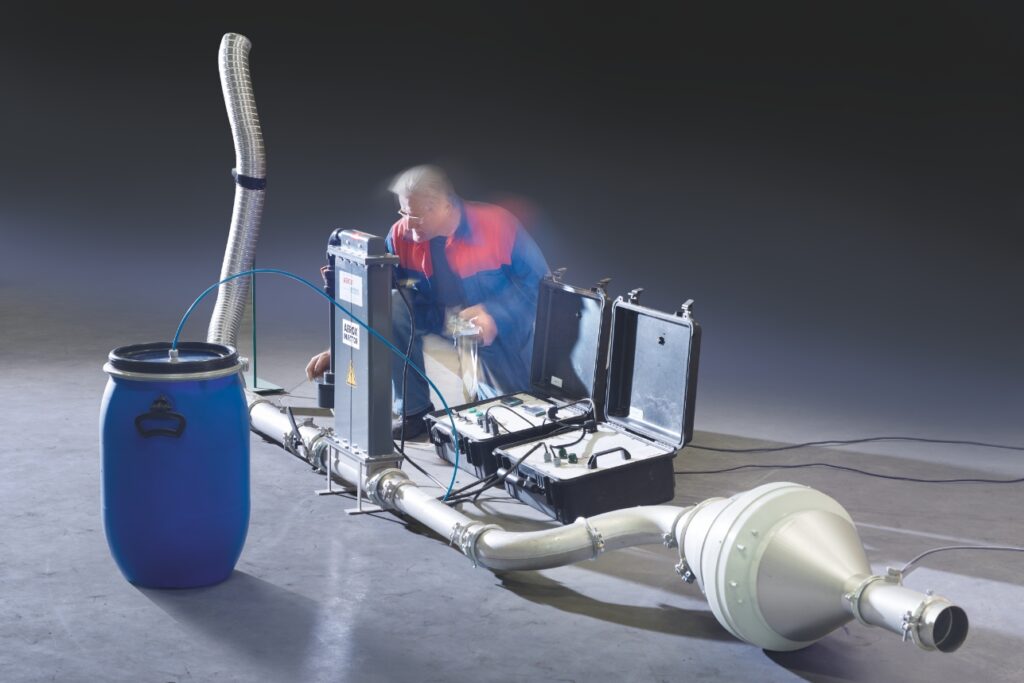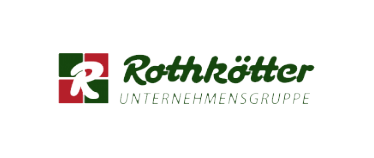As Aerox, we offer our customers sustainable solutions for industrial odor emissions. Together with our customers, we thereby solve the nuisances resulting from these emissions. Therefore, we also frequently receive questions about odor nuisance, what exactly it is and how to measure it.
Measuring odor
Measuring odor objectively is not easy. Odor in itself is a very complex matter to quantify and qualify. In addition, the degree of odor we experience also depends on the individual. After all, the values we assign to the vast majority of odors are learned. However, not every smell appreciation is culturally determined: the primary purpose of smell is to repel or attract. Our limbic system thus responds to questions such as “is this dangerous?” or “is this edible?”. Certain odors immediately evoke an immune response, and that’s a good thing. After all, it may be an odor associated with something that poses an immediate danger. Other scents do just the opposite and evoke positive reactions. However, the perception of the vast majority of all smells depends on what one has been taught and how something is labeled.
Biologically, chemically and psychologically, smell and our perception of it is a very interesting field. Only fairly recently has a lot of research been done on this. Being a subjective issue, hedonic value is the criterion most commonly used in practice for odor measurement and odor valuation. This scale runs from -4 to +4, with -4 representing intolerable and +4 representing very pleasant. A hedonic value of zero represents neutral. This scale is used by governments and industry to determine odor pollution and also to determine what level of odor (the odor concentration) is still acceptable. Whereby, for an odor with a low hedonic value (more odor), a lower odor concentration is permissible.
It is important to include not only the hedonic value of an odor, but also the sensitivity to an odorant and its concentration present in the assessments. Sensitivity to an odorant is expressed as a threshold value: that concentration at which 50% of a representative group of people perceive the odor in question. This concentration is usually expressed as the number of odor units per unit volume. The number value of the odor concentration expressed in odor units per m3 of air (ouE/m3) is the number of times the odor-containing air must be diluted with odor-free air to reach the odor threshold. 1 ouE/m3 is therefore, by definition, the odor threshold or odor limit, as determined by an odor panel consisting of 4-6 selected individuals who statistically smell the same. The methodology for measuring odor concentrations is defined in European standard EN 13725.
Odor nuisance
Odor nuisance is the cumulative result of repeated disturbances caused by odor concentrations. Peak concentrations usually determine the extent to which people experience annoyance, whether influenced by odor habituation or not. This is often reflected in altered behavior. This changed behavior can manifest itself actively (complaining, closing windows, sitting less in the garden, no longer inviting acquaintances) or passively (signals when surveying via anomalous responses). Odor is usually only a nuisance, but it can also have consequences: some people feel less comfortable, others get headaches or nausea. Thus, odor nuisance can lead to both physical and mental impairment of well-being (health effects and negative perception). The degree depends in part on one’s sensitivity to smell. This one is different in every person.
Thus, many factors contribute to the perception of odor nuisance: a low hedonic value, a high frequency of exposure, the local situation, a problem-oriented communication style, a negative attitude toward the source or the government, and the fear of increased odor concentration or of welfare and health effects. In fact, this means that the nuisance can be locally greater than can be calculated based on the general relationship between odor concentration and odor nuisance. With this, we often have very complex situations in which objectification and cooperation are often the only holdouts.
As Aerox, we always focus on this objectification and collaboration. This extra investment in time always delivers benefits further down the line. The ultimate result of the joint efforts is that our customers’ environments around the world are provided with fresh air and therefore quality of life.
Erik C. Versteeg, Managing Director, Aerox B.V., Sept. 12, 2017












